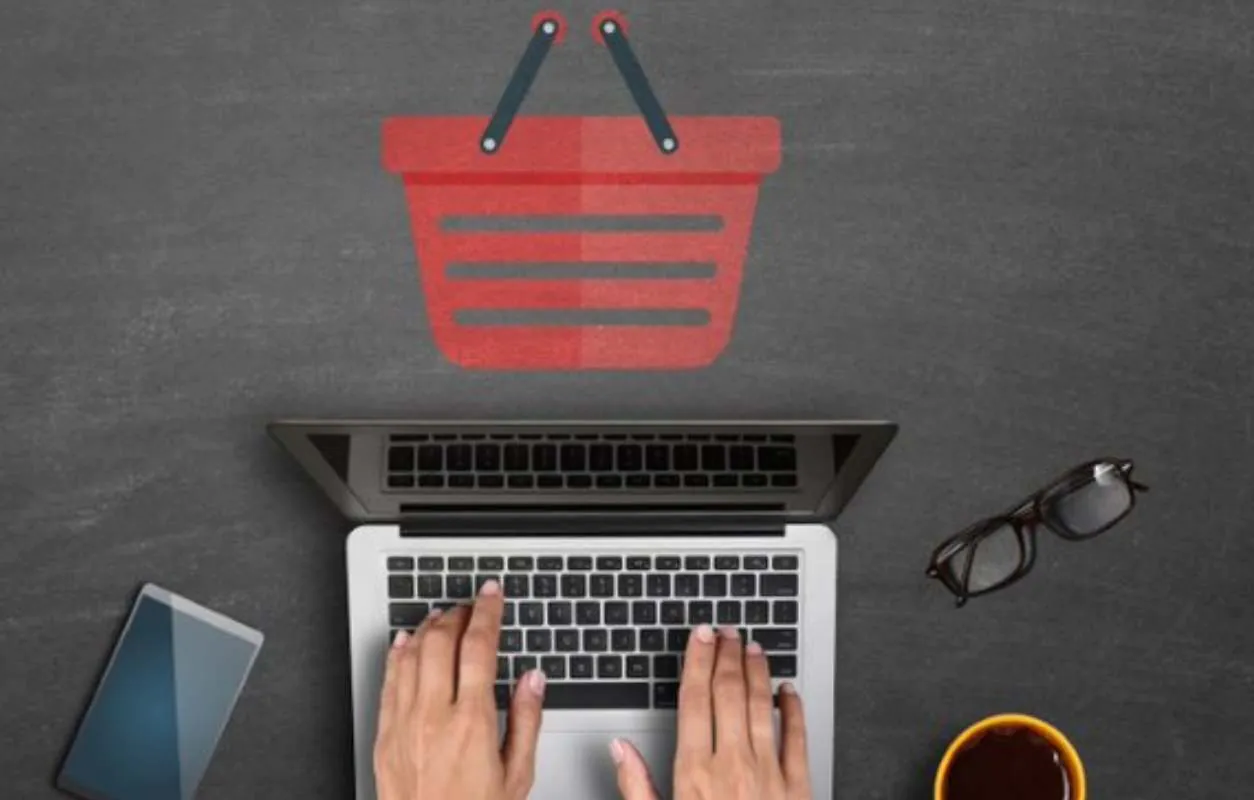For business-to-business (B2B) enterprises, market segmentation can be a powerful tool for tactical and strategic applications due to the growing pressure to target prospects and customers better. Market segmentation strategies have enjoyed extensive acceptance in the consumer world for decades. However, the B2B market segmentation process has become weaker due to several factors like marginal technical expertise, the limited availability of accurate data, poorly differentiated advertising, and the inability to develop high-quality leads. However, with rising disposable income and the middle-class population globally, B2B enterprises can no longer ignore the importance of the B2B market segmentation process.
Buyers are seeking customized products, customer support, and attention and are forming very specialized markets. This scenario was earlier seen in consumer markets only, but it has now expanded into the B2B market as well. In fact, enterprises in B2B can no longer ignore market segmentation strategies if they expect to achieve positive results. However, there are some critical challenges that B2B enterprises face in terms of a viable market segmentation process. Are these challenges different from the ones experienced in consumer market (B2C) segmentation and If yes, then how? what are the possible solutions? In this article, we have tried to answer all such questions.
What is B2B Market Segmentation?
B2B market segmentation is the practice of dividing your total addressable market (TAM), which demonstrates the entire revenue opportunity that exists within a market for a product or service into unique audience segments with shared characteristics. B2B market segmentation groups customers based on what they need from a product or service. It focuses on buying motivations, pain points, and attitudes. There are 4 major categories of B2B markets, namely producers, resellers, governments, and institutions. Producers are companies that buy goods and services to transform them into other products. Resellers, such as wholesalers, brokers, and retailers sell goods and services produced by other businesses with no material changes. Governments across the world are the largest buyers of goods and services. NGOs, charitable organizations, private colleges, civic clubs, and others are examples of institutional markets.
What is the Importance of B2B Segmentation?
The aim of B2B segmentation is to find certain unique customer segments by discovering common features and characteristics. By understanding similar traits, needs, and behaviors in consumers, businesses can connect with their potential customers in a better way. This allows companies to prioritize their resources, tailor their marketing and messaging strategies, develop products, and amend sales processes to target end customers more effectively. Without B2B marketing segmentation, businesses face the pitfalls of treating all their customers in a similar way by using the “one-size fits all” approach, due to which, their marketing strategies will probably not connect well with anyone.
Benefits of B2B Segmentation
Reduces marketing costs
B2B segmentation allows the personalization of marketing and advertising campaigns as per customer segments, which leads to lower marketing costs and higher returns on investments.
Boosts revenue streams
B2B segmentation allows businesses to reach end consumers who are most interested in their goods and services, thereby leading to more conversions and, in turn, higher revenue.
Enables product improvement
The enhanced understanding of its target segments (in terms of customers) through B2B segmentation enables businesses to carry out improvements in their existing products and services, as well as develop or create new ones that cater to the needs of their end customers.
Provides insights for business expansion
During the B2B segmentation process, businesses can find hitherto unreached customer segments, which can be leveraged to explore new market opportunities. Businesses can also discover opportunities in any niche segments, which they can explore.
Improves customer experience and retention
B2B segmentation ultimately benefits the end customers as it allows businesses to deliver products and services that are new and relevant to end customers besides trying to solve any related problems.
Ensures brand loyalty and referrals
A strong B2B market segmentation strategy focuses on customers who are more likely to advocate for your brand. More satisfied customers lead to glowing reviews, and you can harness the power of those recommendations and build a referral marketing strategy.
B2B Customer Segmentation Methods
Firmographic segmentation
This method classifies businesses based on attributes like company size, industry type, revenue, and location. It helps marketers tailor their strategies by understanding the characteristics of organizations, similar to how demographics work for individuals. This segmentation is crucial for effective targeting and personalized marketing efforts.
Technographic segmentation
Technographic segmentation focuses on the technology usage of companies. By analyzing the tools, software, and platforms that target businesses utilize, marketers can create personalized campaigns that align with the technological preferences and needs of different segments, enhancing engagement and response rates.
Tiering segmentation
This approach categorizes potential customers based on their estimated value to the business. It considers factors like customer lifetime value and lead quality, allowing companies to prioritize high-value prospects and allocate resources effectively. This targeted focus helps in maximizing marketing efficiency and improving conversion rates.
Needs-based segmentation
This segmentation groups customers according to their specific needs and attitudes towards products or services. By addressing distinct buying motivations and pain points, businesses can develop targeted marketing strategies that resonate with different segments, fostering loyalty and increasing conversion likelihood.
Sophistication segmentation
Sophistication segmentation categorizes businesses based on their level of expertise and familiarity with products or services. Understanding these differences allows companies to tailor their marketing and sales strategies, providing appropriate support and resources to engage both novice and expert customers effectively.
Behavioral segmentation
Behavioral segmentation analyzes buyer intent by tracking interactions with content and products. This method provides insights into customer preferences and behaviors, allowing businesses to refine their marketing strategies based on actual engagement patterns, thus enhancing targeting and personalization efforts.
How to Segment Your B2B Market
Step 1: Define Your TAM and target market
Start by identifying the market you aim to target, setting the stage for deeper segmentation. By calculating your TAM, you can estimate your market’s growth potential. This can be calculated through top-down, bottom-up, or through value-theory.
Step 2: Identify the segmentation criteria
Choose relevant B2B segmentation bases that align with your business goals and market realities. Above all, they must be measurable, substantial, accessible, differentiable, and actionable.
Step 3: Conduct market research
B2B market segmentation requires market intelligence. Employ surveys, industry reports, customer data, and interviews to gather essential insights. Market research is invaluable as it can provide insights into customer needs, helps you stay competitive, and is integral to measuring success.
Step 4: Segment your market
Use the gathered segmentation criteria to divide the market into distinct segments. It is essential to elevate personalized outreach, which will make a real difference in lead and conversion rates.
Step 5: Develop profiles for each segment
Craft detailed personas for each identified segment, focusing on Ideal Customer Profiles (ICPs) to guide content creation and marketing strategies. Having a strong idea of who you’re targeting will benefit outreach for both your sales and marketing teams.
Step 6: Tailor your marketing strategies
Create marketing strategies that cater to each segment’s specific needs and characteristics, using ICPs and personas as foundational elements. This will help you to reach your audience in the right place and with the right message.
Step 7: Monitor and adjust
Continuously assess the performance of each segment and the overall market dynamics. Be prepared to update your segmentation and strategies as needed to stay aligned with market changes.
How B2B Market Segmentation Differs from B2C
Both B2B and B2C segmentation aims at identifying target markets, identifying prospective segments, and creating focused campaigns to address the needs of each segment. However, B2B segmentation has some key differences from B2C segmentation:
| Basis of differentiation | B2B market segmentation | B2C market segmentation |
| Number of decision-makers | B2B segmentation has several decision-makers. The presence of multiple decision-makers and teams makes B2B market segmentation more complex. | In B2C markets, consumers make their own decisions. |
| Complexity of products and services | B2B products and services are more complex than those in B2C. B2B purchases are frequently customized to suit the demands of the end customer. | B2C purchases are typically more straightforward, and products are generally standardized. |
| Length of the buying cycle | In B2B, the buying cycle is longer as finalizing procurements is based on many factors, which may change over time. B2B purchases tend to be long-term or at least have the possibility to repeat. | In B2C, the buying cycle is shorter as customers may postpone their purchases only for a short time. |
| Target audience | The target audience in B2B is generally smaller than that in B2C. In B2B, a smaller number of customers account for a majority of the sales (the 80/20 rule). | B2C has a large number of customers with a wide target audience. |
| Personal relationships | B2B places more emphasis on personal relationships. In B2B, face-to-face interactions are important. | In B2C, there is no personal relationship between the seller (business) and the buyer (customer). |
| Motivation | B2B involves more “rational” buyers as B2B markets generally have fewer behavioral-based segments and are more needs-based; 80% of B2B customers expect businesses to understand their unique needs and cater to them. | B2C buyers are motivated by different factors like need, impulse, self-improvement, prestige, and others. |
The B2B Market Segmentation Funnel
A B2B market segmentation funnel is a series of steps that are designed to attract targeted leads to a website.
Market Segmentation Example
Spotify takes its B2C segmentation to the extreme, a key part of product development as well as marketing. It started with a giant exercise in “people who liked this also like…,” developed into expert-curated playlists, machine learning algorithms that categorize music into 5,000 distinct genres, and finally AI that curates hundreds of personalized playlists for each user daily.
Mastering B2B Market Segmentation: Key Challenges and Effective Strategies
1. Availability of data
B2B data often comes from multiple sources, such as CRM systems, social media, and transactional records, leading to inconsistencies and inaccuracies.
Mitigation strategy
Use data enrichment tools to supplement and enhance existing data, ensuring that it is comprehensive and remains current.
2. Complexity of buyer journey
The complexity of B2B segmentation is exacerbated due to the presence of multiple stakeholders and decision-makers, making it difficult to segment customers accurately based on their journey stages and roles.
Mitigation strategy
This challenge can be overcome by adopting a multi-dimensional segmentation approach that considers various factors, like lifecycle segmentation or role-based segmentation based on customer lifecycle stages or the role of customers in the buying process respectively.
3. Changing market conditions
As the B2B market landscape is evolving continuously, changes in industry trends, economic conditions, and technological advancements can render existing customer segments obsolete very fast.
Mitigation strategy
Implement a segmentation strategy that is adaptable and flexible through regular reviews, monitoring market conditions, and using agile segmentation models.
4. Integration with sales and marketing
The lack of integration between segmentation efforts and marketing and sales activities may lead to segmentation insights not being utilized effectively in targeting and engagement strategies.
Mitigation Strategy
Foster better collaboration with different operational teams, such as sales and marketing teams so that the segmentation insights are utilized properly and feedback is obtained.
5. Ineffective measurement and optimization
B2B segmentation strategies need to be measured effectively to obtain optimal results using appropriate metrics and analysis, which is a significant challenge.
Mitigation strategy
Segmentation criteria should be tested and refined regularly, based on performance data and insights. Gaining insights into segment performance and identifying areas for optimization require the use of advanced analytics tools.
Conclusion
B2B market segmentation offers a powerful tool to enhance the efficacy of marketing and sales strategies, but it comes with its set of challenges. By addressing issues related to data quality, buyer journey complexities, market dynamics, integration with other business teams, and measurement, businesses can develop a more effective and adaptable B2B segmentation strategy. This will ultimately lead to more targeted and impactful marketing efforts, driving greater business success.


